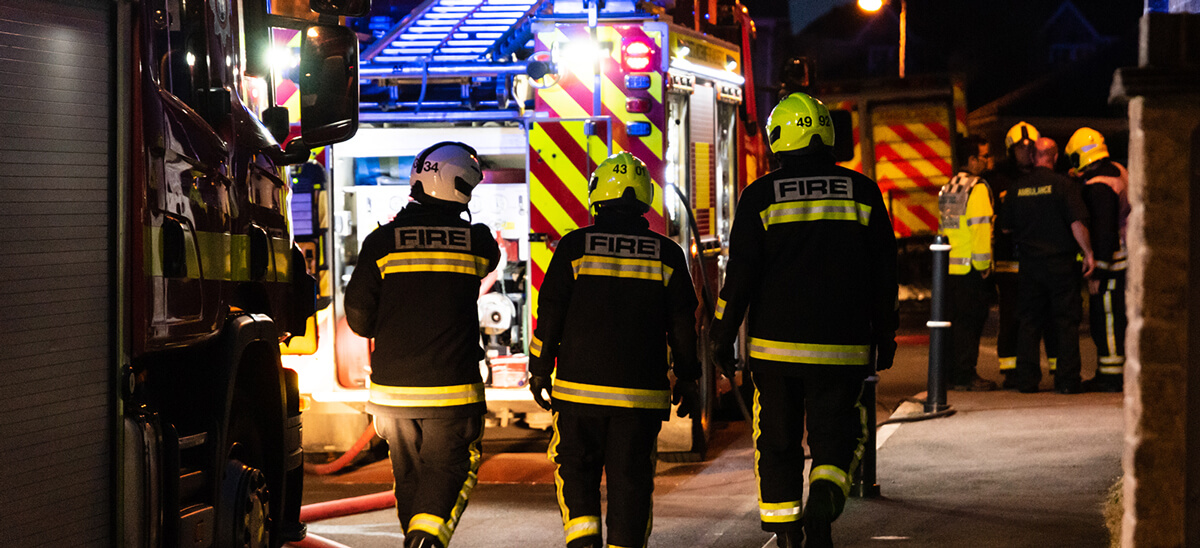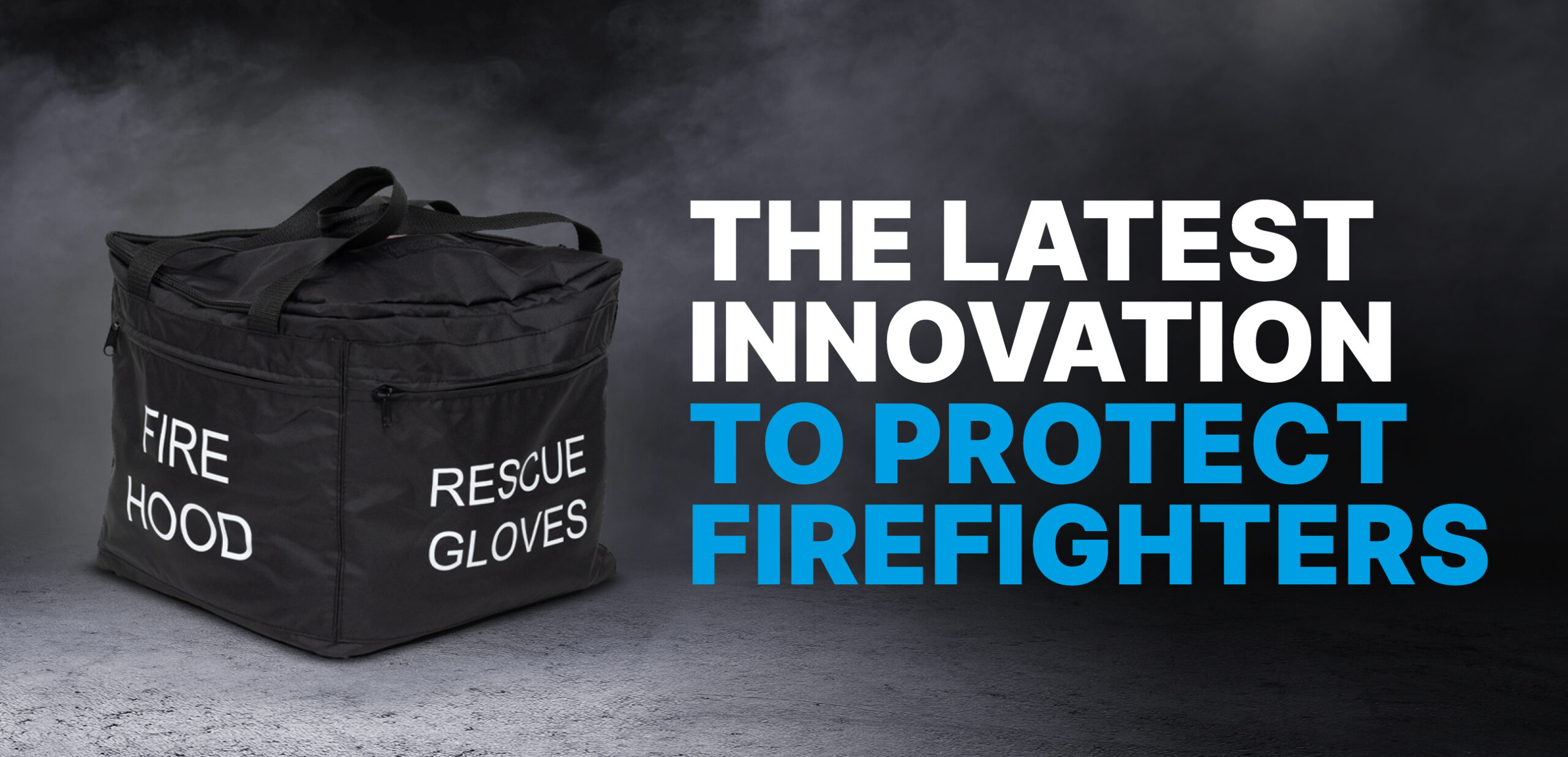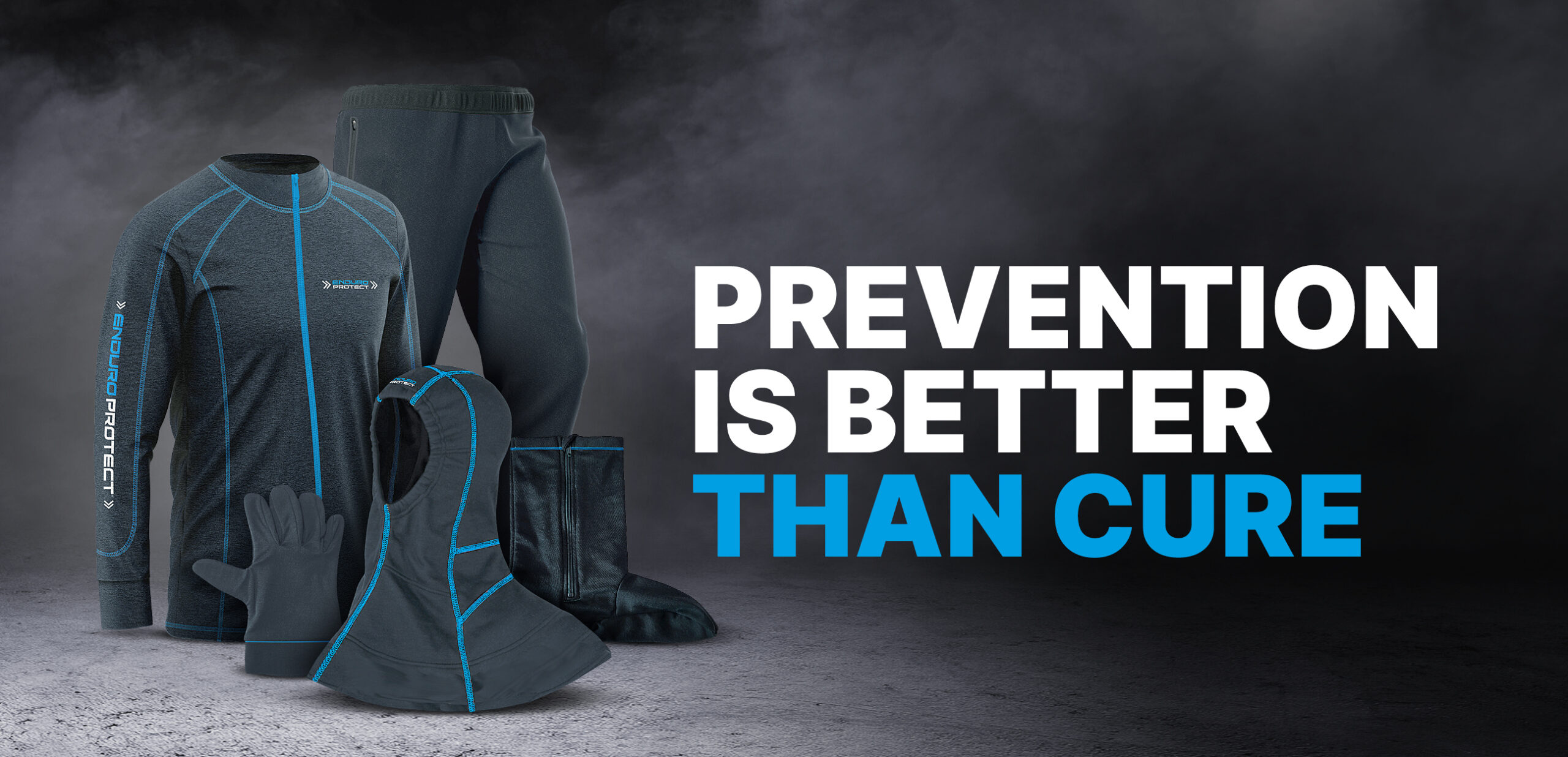“UK Firefighters suffer significant excess mortality from cancer and other diseases when compared with the general population.”
Such was the findings of the, now infamous, study by Professor Anna Stec published at the start of this year (January 2023). Looking at the mortality records from the National Records of Scotland, the research showed a significantly higher mortality rate for certain types of cancer for firefighters.
Over the past five years, research and developments has begun to confirm what those in the profession have known for decades: that firefighters face a significant increase in occupational disease as a result of doing their job. Speaking on behalf of the Fire Brigades Union, Riccardo la Torre (national officer) commented that “this classification should be a huge wake-up call for both the government and fire and rescue services”, urging the government to acknowledge and take action.
Despite the recent published research showing that the rate of cancer among UK firefighters aged 35-39 is up to 323% higher than in the general population in the same age category, at present, firefighters are not provided with any regular health monitoring.
Research into the Correlation
Scientific and medical information available in 2019 suggested a link between Firefighting and Cancer. Yet the researchers appeared reluctant to summarise their findings as a significant link between the two.
The then Chief Fire Officer Chris Davies QFSM[1] acknowledged the high rate of cancer among members of the profession.
“There is a lot of scientific and medical information out there but all of it, that I’m aware of, states that you can’t prove or disprove a link to cancer.
“What I do acknowledge is firefighters are contracting certain types of cancer above the population norm, I accept that and that is a concern.”
Since Mr Davies’ statement, the International Agency for Research on Cancer (IARC) in 2022 declared there was sufficient evidence for occupational exposure as a firefighter to be classified as a carcinogenic to humans (Group 1, exhibiting five of the ten key characteristics). They found sufficient evidence for cancer from exposure as a firefighter for both mesothelioma and bladder cancer, and limited evidence for other cancer (including prostate, testicular and melanoma).
Increasing the Risk: Firefighter’s Habits
The latest research, published in the January 2023 edition of the Scientific Reports section of the Nature Journal, found that firefighters who had served more than 15 years were 1.7 times more likely to develop cancer than those who had served less time. The detailed research found increased risk to firefighters who noticed soot in their nose/throat or who remained in their PPE for more than four hours after attending a fire incident. Both categories were twice as likely to be diagnosed with cancer.
Other factors associated with an increased likelihood of cancer were:
- Eating while wearing PPE.
- Failing to store clean/dirty PPE separately.
- Working in a station that smells of fire.
- Not having designated (separated) clean and dirty areas.
- Using an on-site washing machine to launder fire hoods.
- Feeling that cleaning is not taken seriously at work.
The Role of Protective Wear
Whilst the new research leaves no doubt as to the connection between certain types of cancers and the firefighting occupation, there is still little direction to what preventative measures should be enforced.
Those undertaking the study pointed out that most research concerning firefighters’ chronic exposure to contaminants has focused on US firefighters. Researchers commented that the lack of UK-centric research may pose challenges to the implementation of preventative measures (for example, protective baselayers and flash hoods that limits exposure to contaminants and particulates).
The researchers commented:
“For UK Fire and Rescue Services (FRSs) required to operate under increasingly strained resources, a lack of current research makes it difficult to prioritise such [preventative] measures in a resource-efficient manner.”
One way of significantly reducing the amount of contaminated fire smoke particles reaching the skin is to wear a protective baselayer specifically designed to block carcinogens and control against heat stress[2]. Traditionally, protective wear has been uncomfortable and restrictive. Firefighters have reported issues hearing instructions through flash hoods, and the limited breathability of protective wear. Concerningly, some of the protective wear available to firefighters are only guaranteed as effective for a very limited number of washes.
Recently, modern baselayers have been produced which provide 99% efficiency even after 100 wash/dry cycles. Feedback from the fire services have led to improvements in breathability, comfort and even style – improving the likelihood that firemen and women choose to wear it. This protection increases the quality of life of firefighters, as many firefighters complain of smoke odour permeating off the skin in the days following extensive exposure. A situation that can cause embarrassment at the gym and distress to family members.
It is imperative that the UK Government examine the new evidence of the correlation between firefighting and cancer, as the conclusions of its last published report are now out of date. This will ensure that the awareness of the risk and its prevention is at the forefront of new legislation and guidelines for current and retired firefighters.
Enduro Protect is the leading supplier of protective wear for firefighters and emergency service workers. Their firefighter’s baselayer and flash hood has been developed in conjunction with the fire service to provide market-leading protection (99.99% Particulate Blocking) whilst providing unrivalled comfort and breathability.
For more information, please call the Enduro Protect team on 01235 814112, or visit their website www.enduroprotect.co.uk.
[1] Mr Davies announced his retirement on 7 August 2023 – A fond farewell from Chief Fire Officer Chris Davies QFSM (mawwfire.gov.uk)
[2] When attending a fire, firefighters’ skin is 400% more absorbent due to heat and sweat.











